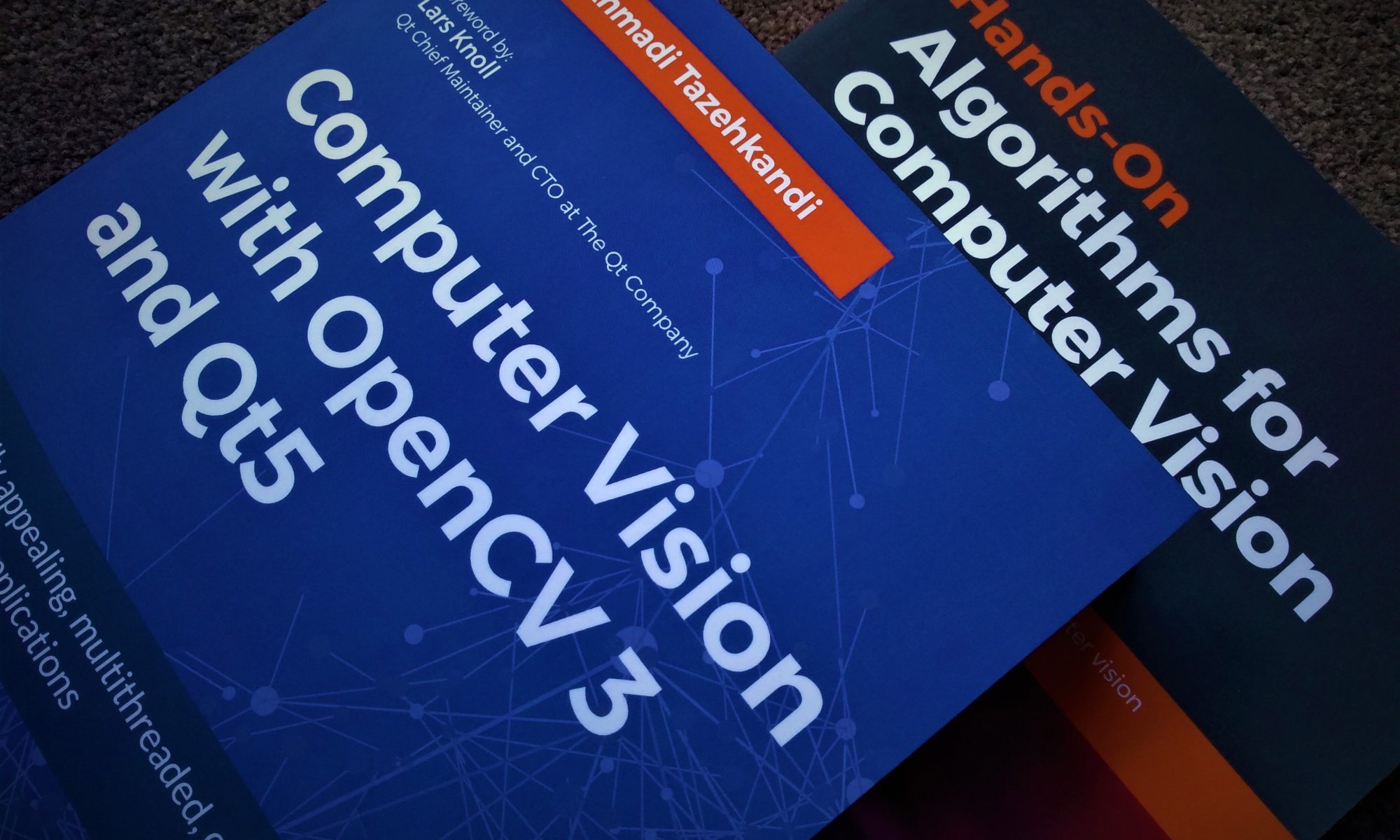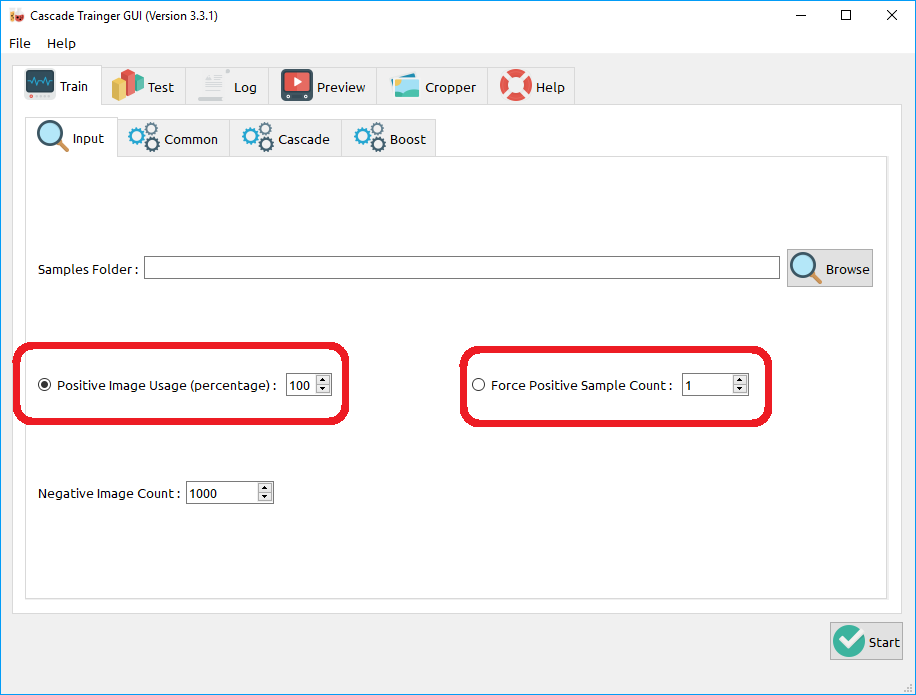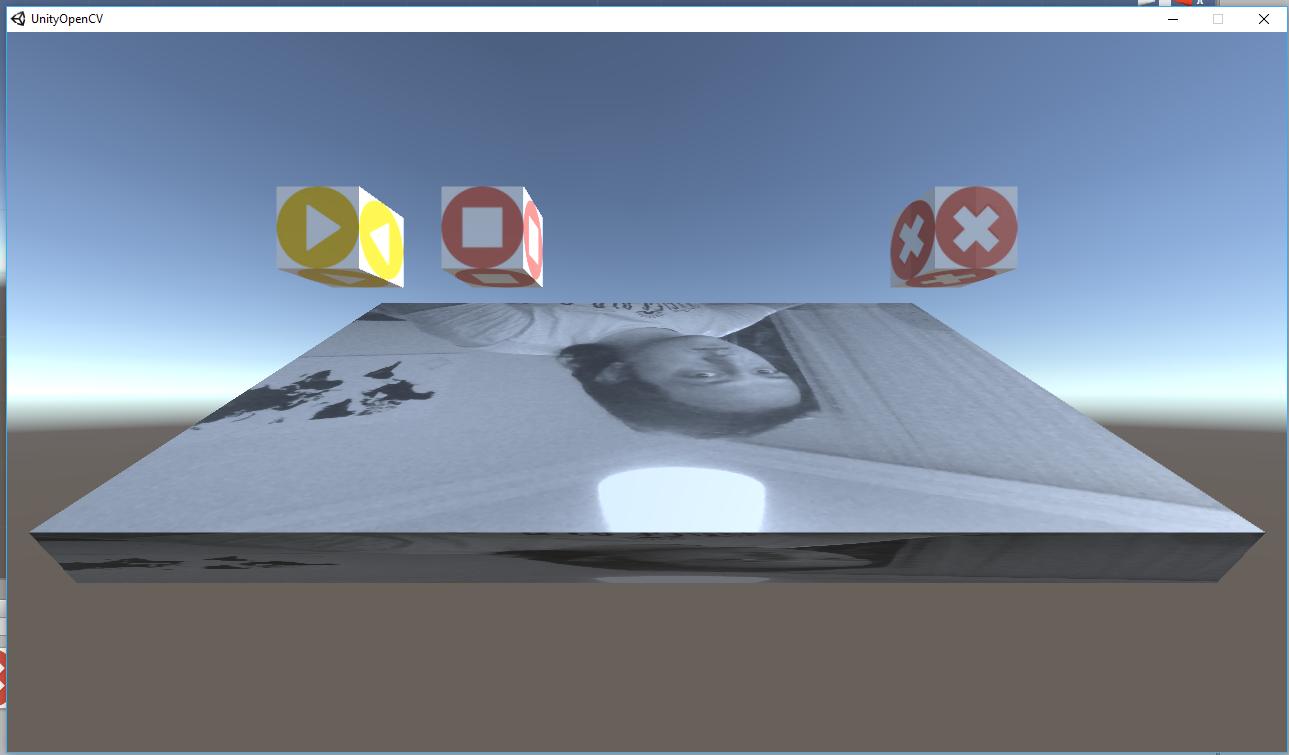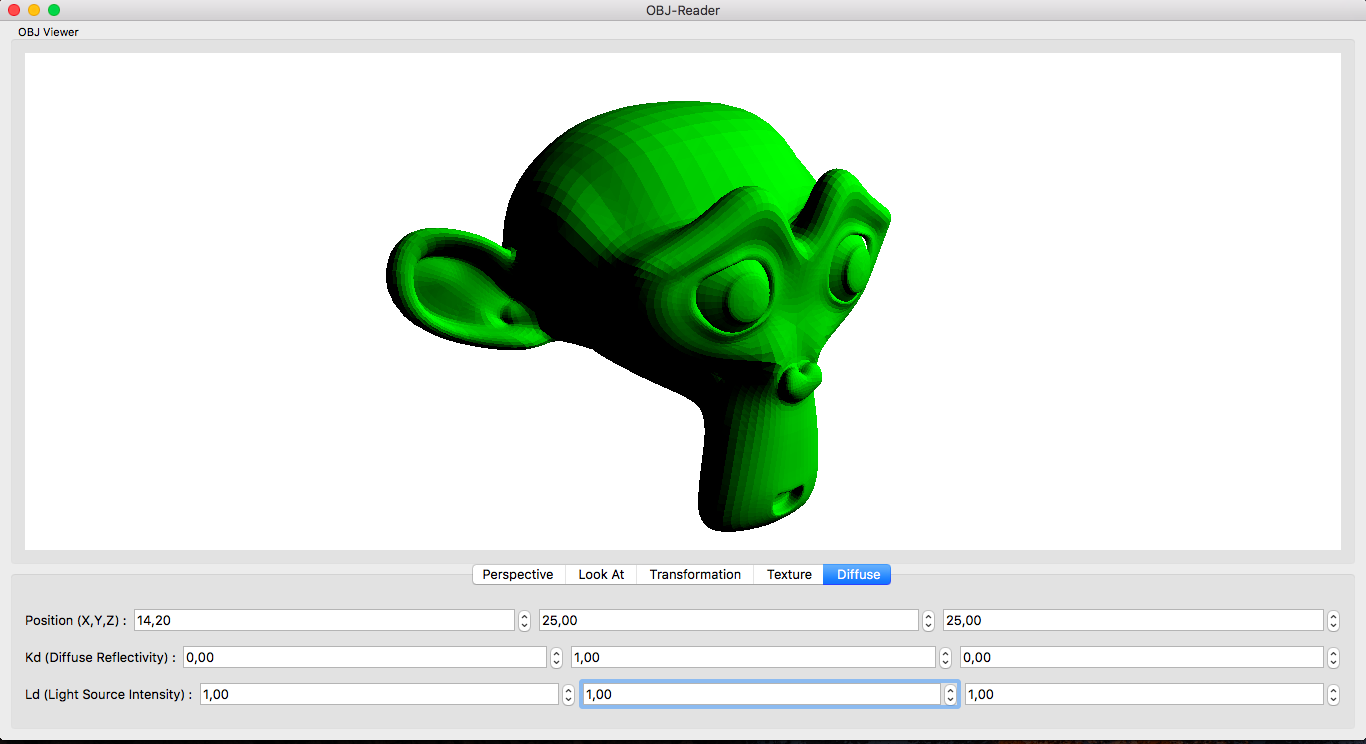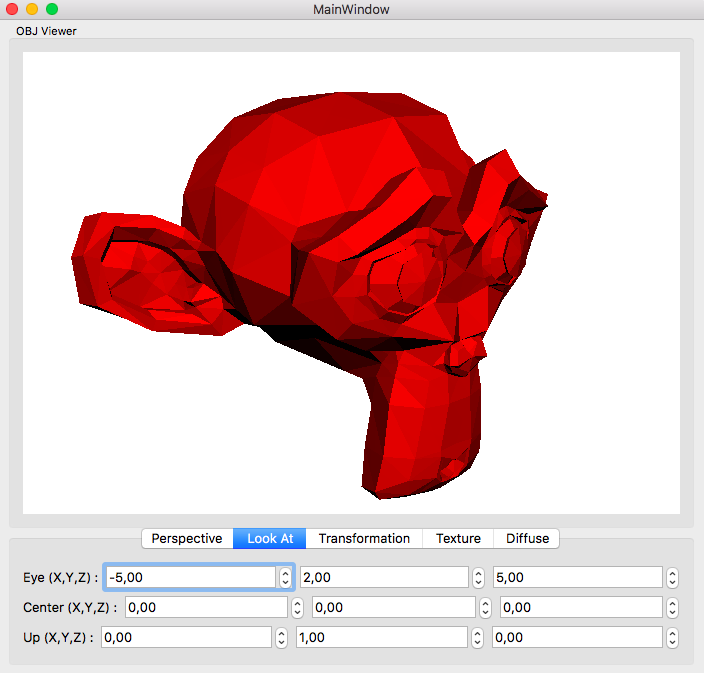It is one thing to become an author, but it is totally another level of joy, to be published by my most favorite publisher in the computer science industry. So, it is with great pleasure that today I can announce that my upcoming book about OpenCV and Qt is available for preordering on Amazon, and also from PacktPub. It’s titled “Computer Vision with OpenCV 3 and Qt5”, and it aims to teach both computer vision and application development for developers who are familiar with C++ (on an intermediate level), but want to learn about powerful cross-platform frameworks such as Qt and OpenCV with hands-on examples and clear instructions. The book is in its final stages of completion, so I’m also excited to announce that our goal is to make it available by the beginning of 2018 and we are working hard to make it happen. Here are the links to preorder:
https://www.packtpub.com/application-development/computer-vision-opencv-3-and-qt5



